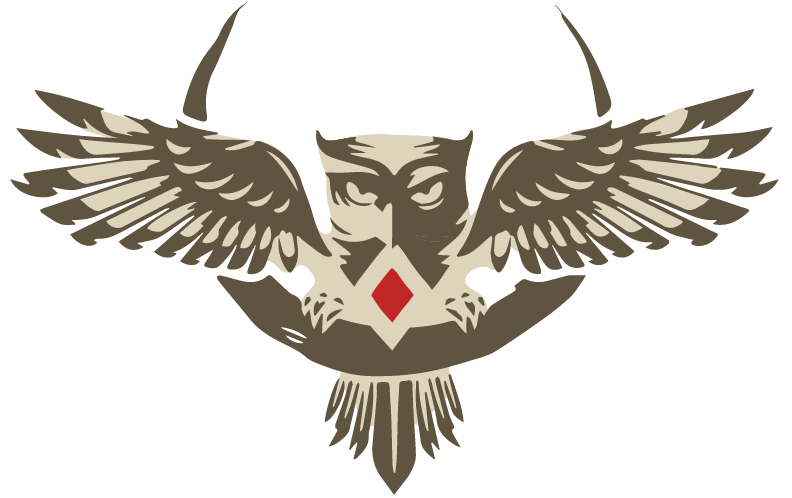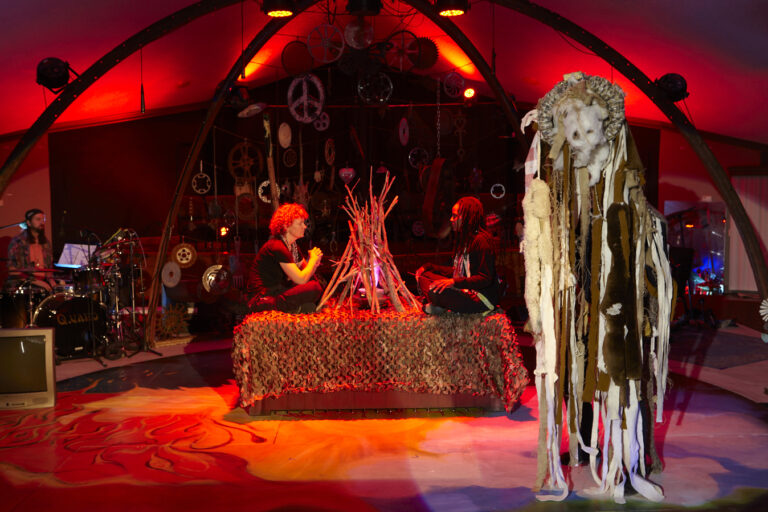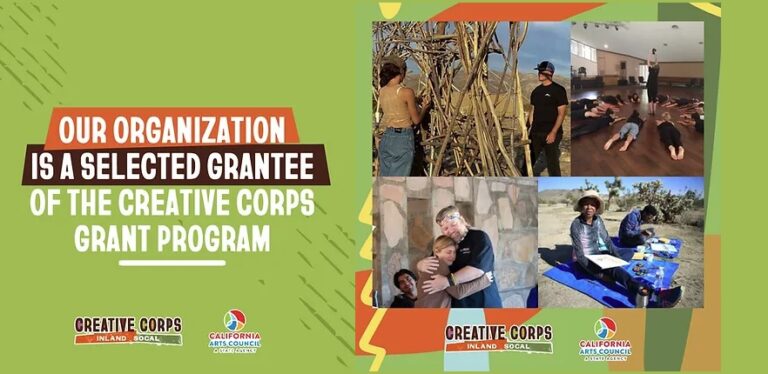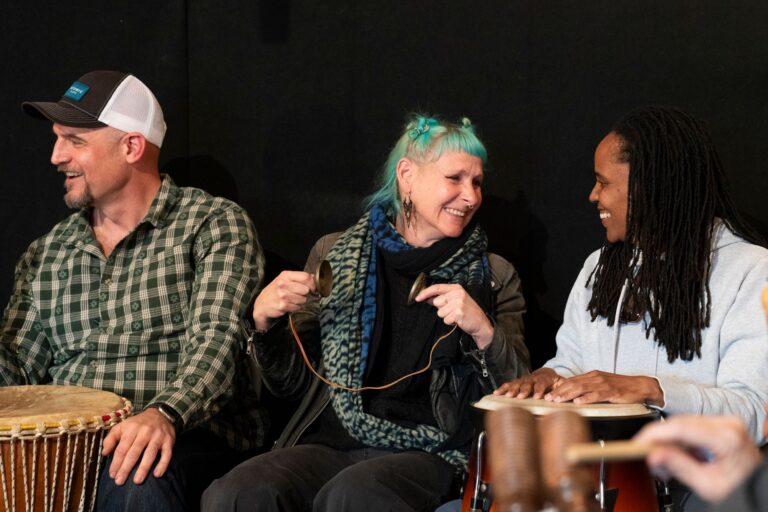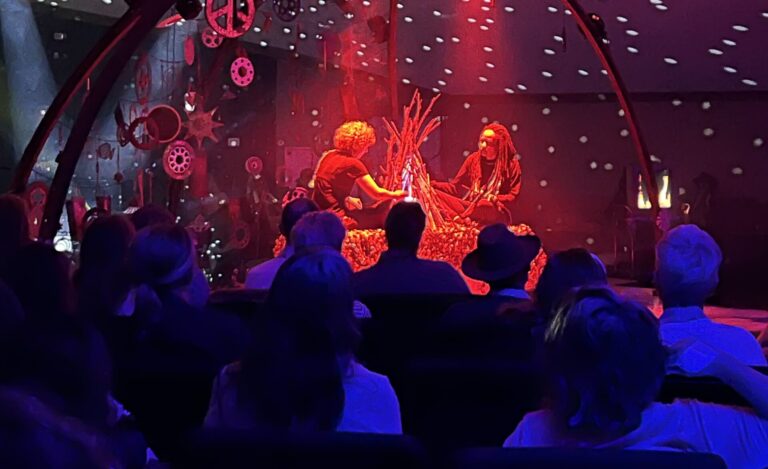How We Started to Turn Tapestries of Transformation Into a Reality
Reading time 2 minutes
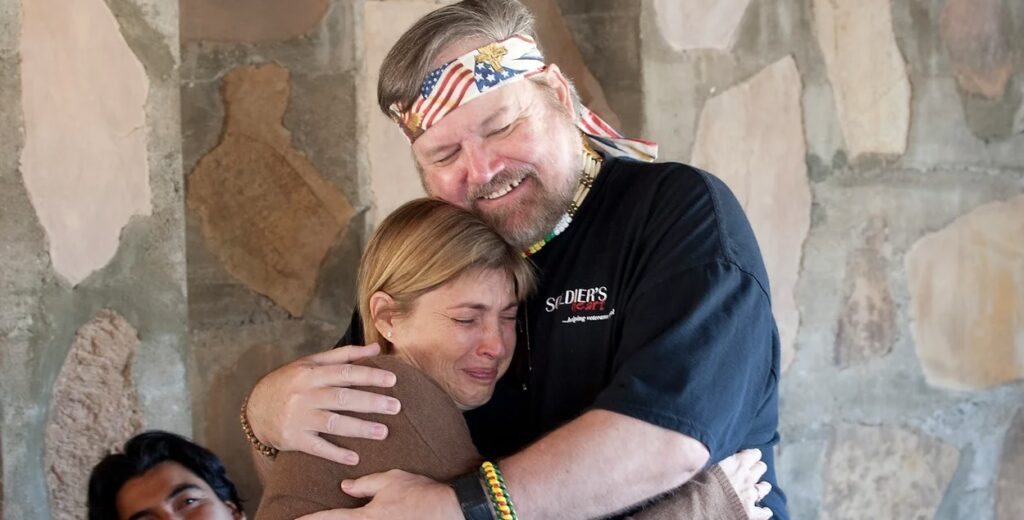
Mil-Tree has been successfully bridging the gap between veterans, active duty members, and civilians through artistic endeavors for over a decade.
Our ongoing work had illuminated a profound issue: not only were veterans struggling to reintegrate into the community, the wider community was also grappling with isolation. This concern was underscored by the Surgeon General’s 2023 report highlighting severe isolation in America.
We asked ourselves how we could address this pervasive sense of disconnection.
A New Idea is Hatched
The inception of our latest initiative, Tapestries of Transformation, took root during an annual planning session where we challenged ourselves to envision an ambitious, transformative goal.
Drawing on the rich traditions of mythology and philosophy, we realized we needed a new narrative—a story that could breathe fresh life into our cultural fabric.
We envisioned a retreat that would serve as the genesis of our new story—a space where genuine connections could form and a meaningful narrative could emerge.
Thus, the Tapestries of Transformation program was born—a new myth designed to weave a narrative of connection, purpose, and community while fostering real, meaningful human connections.
When we learned about a grant opportunity from California Creative Corps, we saw the perfect chance to pursue our audacious goals.
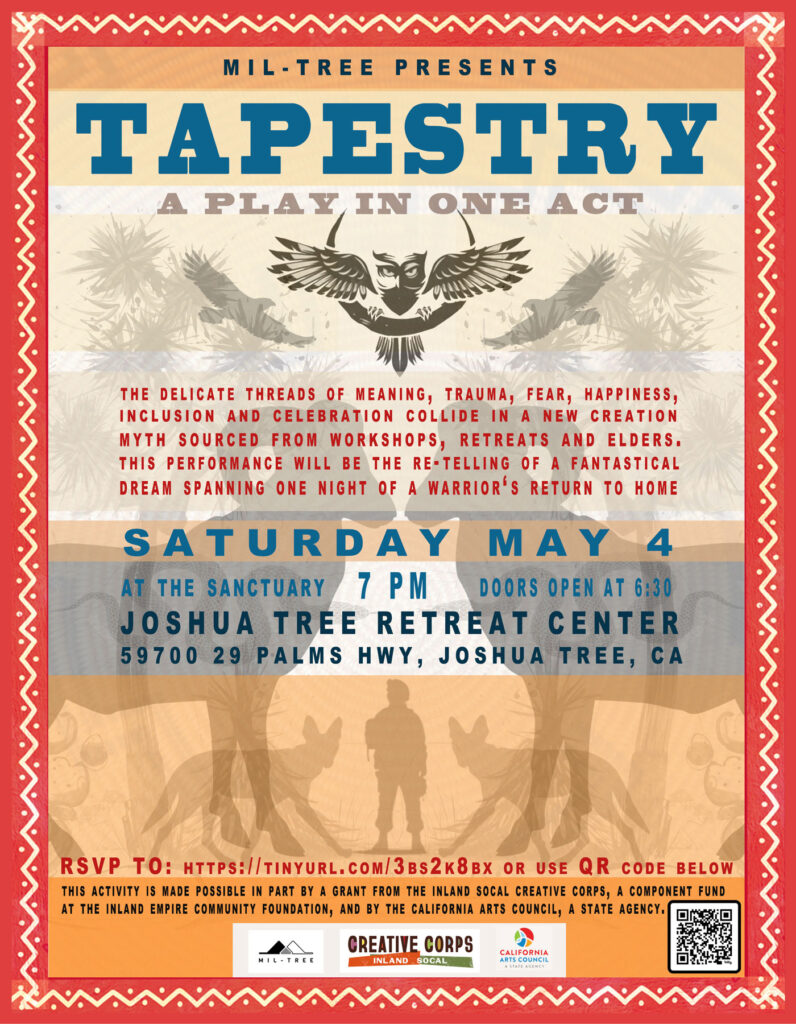
The stories we had inherited as a culture felt hollow, leaving us mechanically following paths laid out by previous generations without much connection to meaning. We wanted to create shared purpose and meaning in today’s world.
Early Steps and Partnerships
Early on we partnered with a creative director who could help shape our idea into a well-formed vision.
Our choice was a passionate community member and accomplished actor and director who was already thinking along similar lines, making him an ideal partner for this project.
Together, we began to flesh out a scope that would attract creative minds and secure grant funding. We developed a framework that resonated with other key artistic collaborators in the community.
At the same time, we partnered with culture bearers, individuals who have deeply experienced and borne witness to the struggles and stories of veterans, and who could facilitate the workshop, and help draw out stories from our veteran participants.
It was crucial to ensure the culture bearer team was aligned with our vision before finalizing our grant proposal. Their support and endorsement were vital for securing the necessary funding.
Lessons Learned
Our experience underscored is the importance of a well-defined vision tightly tied to the local community. We referred back to our early vision for the program often, using it as our North Star throughout the entire process.
Basic as it may be, it’s worth reiterating: you need to know your mission and vision. Through our sustained efforts to reintegrate our veterans in the Morongo Basin, our vision was clear. Since it was clear, we knew what we needed to do. It had became clear to us that our veterans were having trouble reintegrating into community because the foundation of community had eroded.
We’d slowly but surely become disconnected from each other. Our digital age does nothing to alleviate this problem. Our relentless focus on work at the expense of community and family relations does nothing address the issue.
For Mil-Tree, it became clear that we needed a new story for our community and culture because the one we’d been telling ourselves was no longer working. Once we understood what we needed to do, we knew who we needed to reach out to make our vision for this program a reality.
